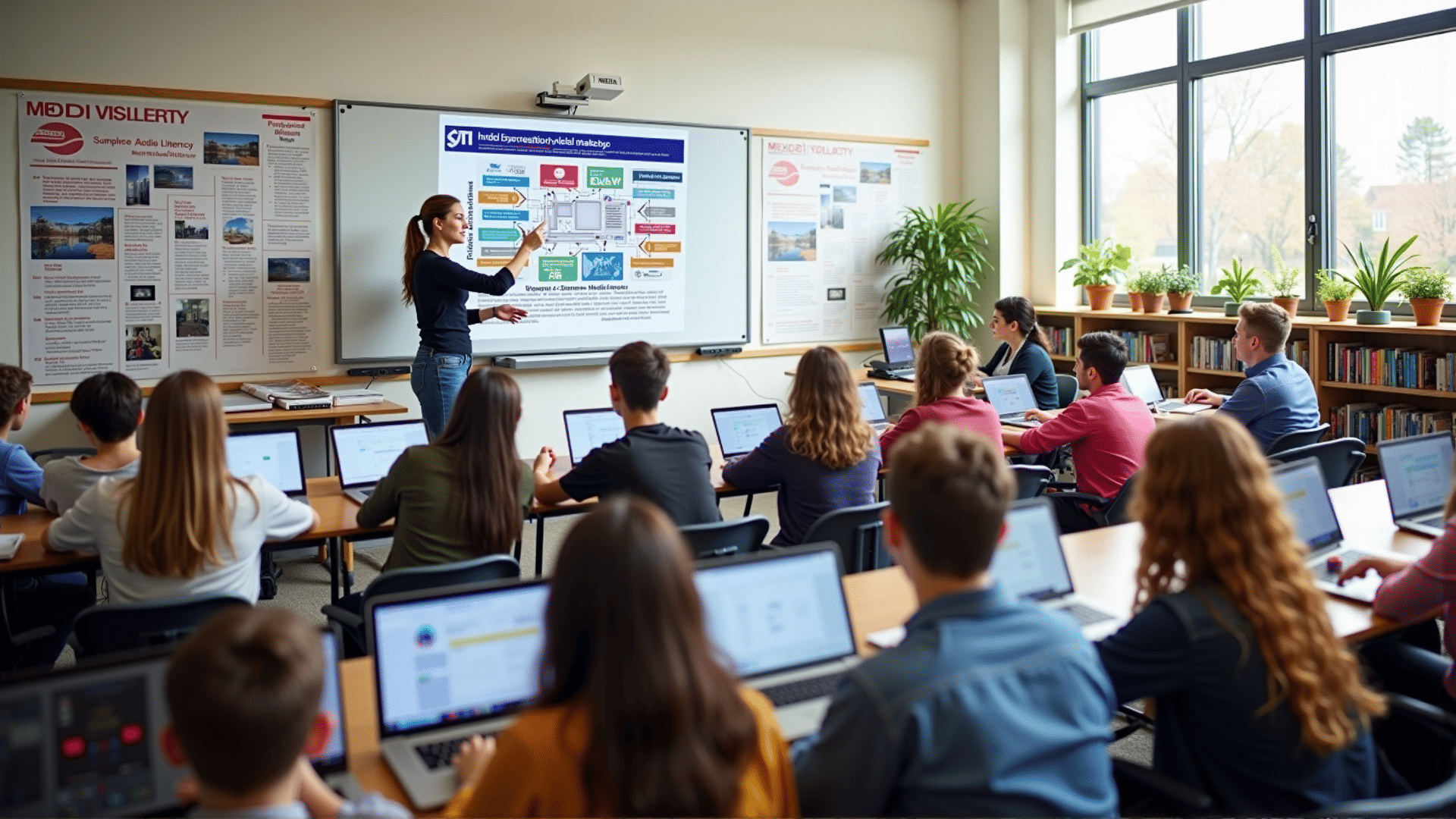In the digital age, where information is merely a click away, the ability to evaluate and interpret media content has become increasingly vital. Media literacy empowers individuals to navigate the vast expanse of information available online, distinguishing between fact and fabrication. This critical skill acts as a safeguard in an era characterized by the rapid spread of information and misinformation alike.
The internet hosts a diverse array of content, ranging from well-researched articles to opinion pieces and unfounded theories. Untrained consumers of information might find it challenging to determine the credibility of sources or the reliability of the information presented. Media literacy involves not just reading or viewing content, but critically analyzing its source, context, and purpose. By sharpening these skills, individuals can pinpoint biases, spot inaccuracies, and challenge dubious claims.
One of the key aspects of media literacy is understanding the motivations and intentions behind various forms of content. Whether it’s news, blogs, or social media posts, content is often crafted with particular objectives in mind. Analyzing the language, identifying the target audience, and recognizing potential biases are all part of developing a nuanced understanding of media messages. This awareness helps individuals become more discerning consumers and sharers of information.
Furthermore, media literacy encompasses a familiarity with the many tools available for verifying information. From fact-checking websites to reverse image searches, these tools are essential in validating the authenticity of online content. Educating individuals on how to use these resources effectively is a significant component of media literacy initiatives.
In addition to individual benefits, media literacy has broader societal implications. A media-literate public is better equipped to engage in informed discussions, participate actively in democratic processes, and contribute to a healthy information ecosystem. It fosters an environment where thoughtful discourse is valued over sensationalism and superficial narratives.
Educational institutions play a pivotal role in cultivating media literacy. By integrating media literacy education into curricula, schools can equip students with the skills they need to navigate the complexities of modern information landscapes. Encouraging critical thinking, fostering open discussions, and promoting awareness of digital footprints are integral components of this educational effort.
In conclusion, media literacy is an essential skill in the digital age, empowering individuals to critically engage with content and fostering a well-informed society. By prioritizing media literacy education, we can equip people with the tools they need to responsibly interact with the vast array of information that defines our digital world. In doing so, we take a significant step towards ensuring that truth and understanding prevail in the face of overwhelming data and diverse viewpoints.
